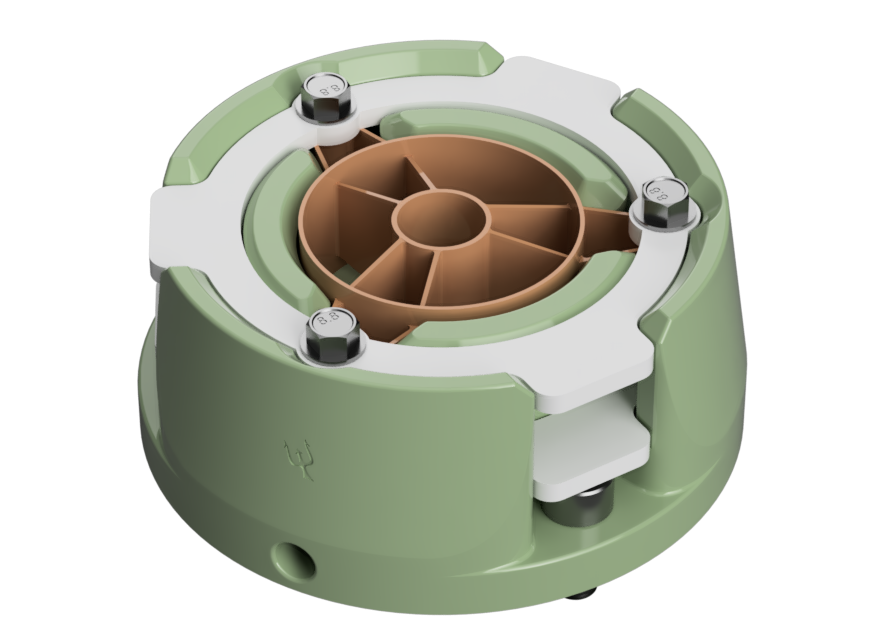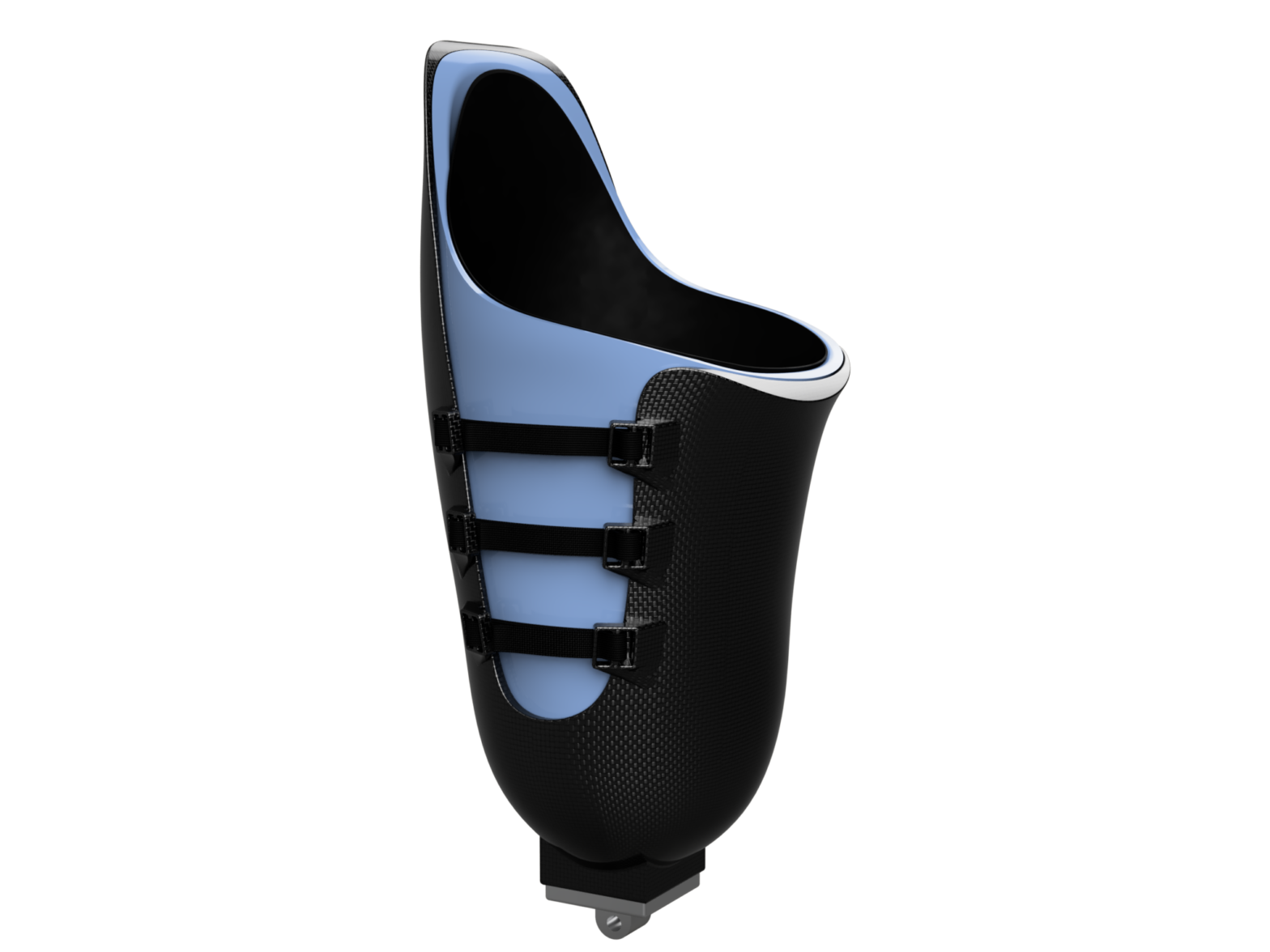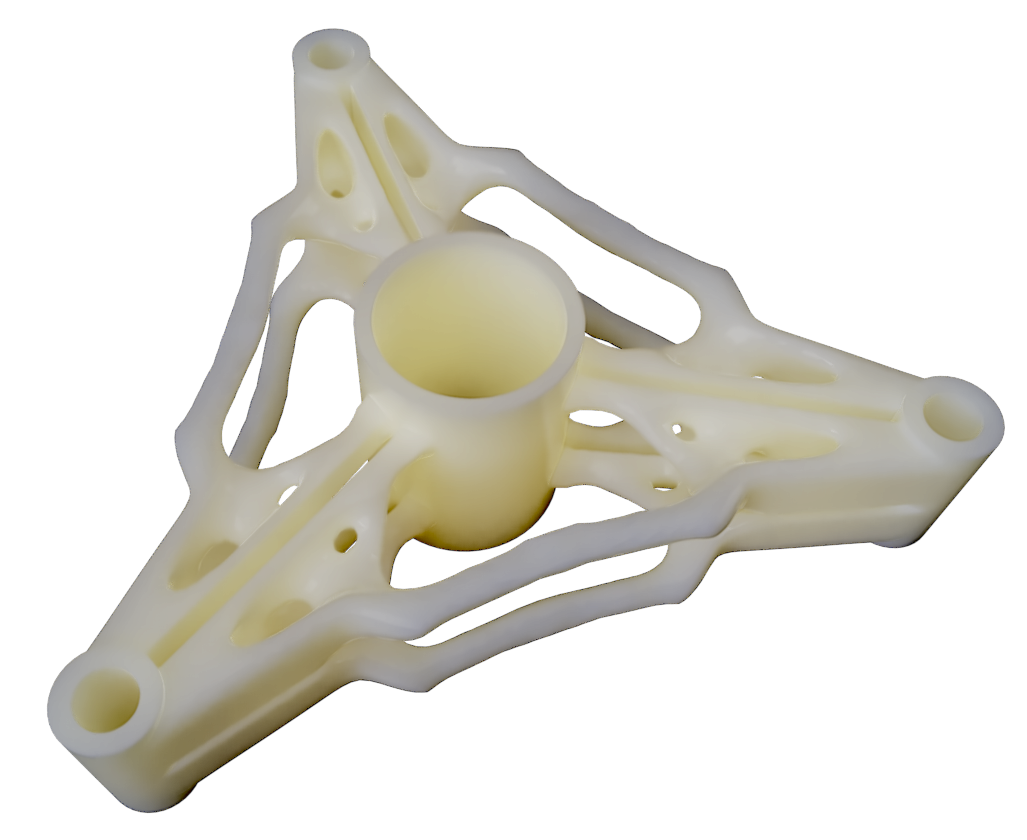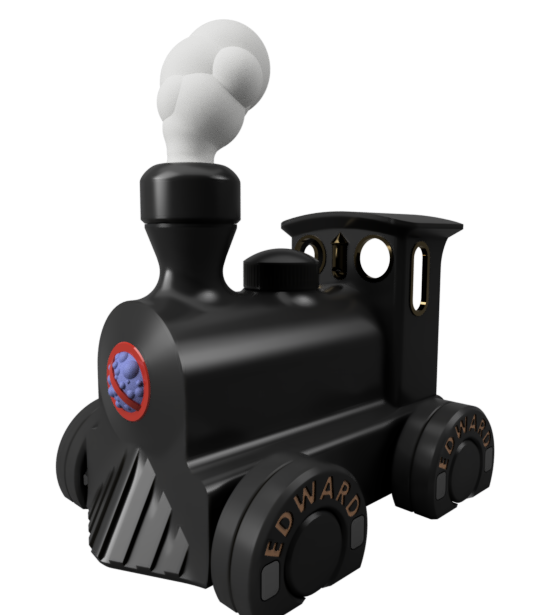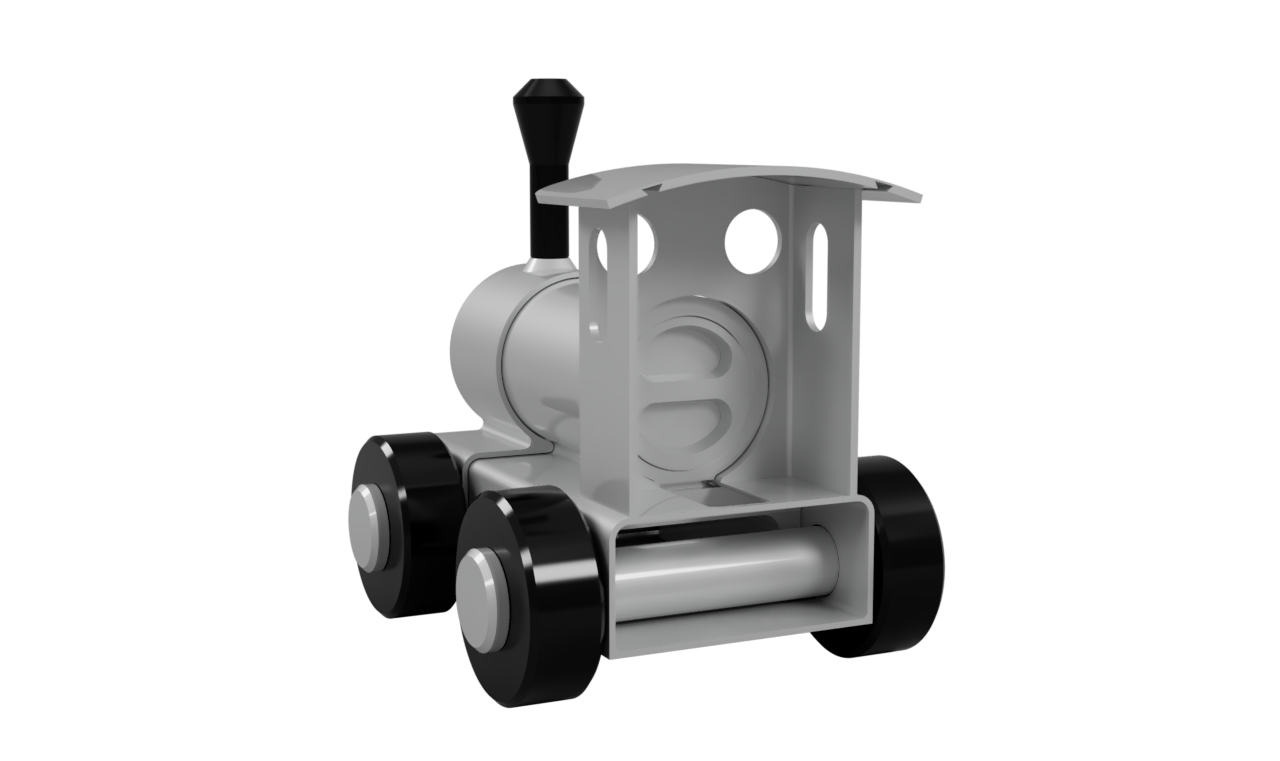Topology-optimized, additively manufacturable robotic end effector for increased productivity Using computer aided design, topology optimization, finite element analysis and additive manufacturing, we will have an end effector design with a reduction of mass and part count over the original design. This should result in increased reliability due to the lower part count and ease of… Continue reading Gripper
Tag: White Paper
Fixture
For the parts to easily fit one another, maintain alignment to allow assembly, and be easily removable from the form after assembly, a clearance of 0.6 mm is designed into the fixture. FDM printers have some limitation to their accuracy. This limitation is typically accounted for by designing in some offset or clearance tothe parts. If the… Continue reading Fixture
Prosthetic Design
Topology optimization and FEA
Topology optimization takes a series of steps from original shape to optimized result. Either in Altair inspire or Autodesk Fusion 360, the programs have a very straightforward workflow already laid out as a linear progression … We want to minimize mass while maintaining stiffness. In this case we must take into consideration all features that must… Continue reading Topology optimization and FEA
Loket 6
Designed to be 3D printed in place and without any support, this locomotive pulls all the stops when it comes to DfAM (Design for Additive Manufacture). Wheels unclip and shear open, the cabin is removable and the smoke prints with a second color.
Design assignment from 3d-printingspecialist. Based on traditional Swedish LOKET machinist practice.
Injection mold inserts
New materials for AM, like Ceramic resin printing, gives the opportunity for faster and cheaper printing. New or yet developed AM methods or post processing techniques could produce finer surface details eliminating the need for traditional manufacturing for complex injection molding tooling. Some polymer AM, like continuous resin printing, and metal AM, like single pass… Continue reading Injection mold inserts
Loket 5
To reduce the build volume, the chassis-boiler-cabin section will collapse in on itself in a telescoping fashion and the roof will be on a slider so it can fully extend after printing. This requires a significant amount of CAD modifications. This complex design requires careful consideration with respect to tolerances so that all parts can… Continue reading Loket 5
3D Scanning
What is 3D scanning? How does it work? What are the possibilities? Are all scanners the same? What does a 3D scanning workflow look like? What software is available? How do we make sure our scanned files are of high quality and accurately represent our design intent? All interesting questions, let’s dive in!

